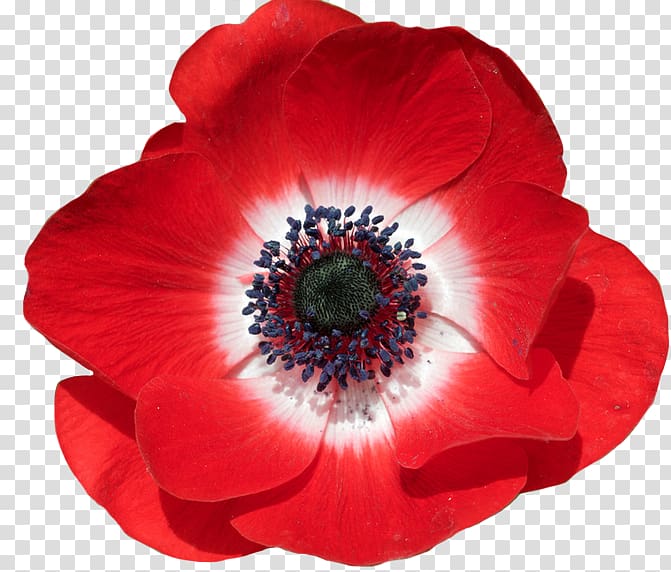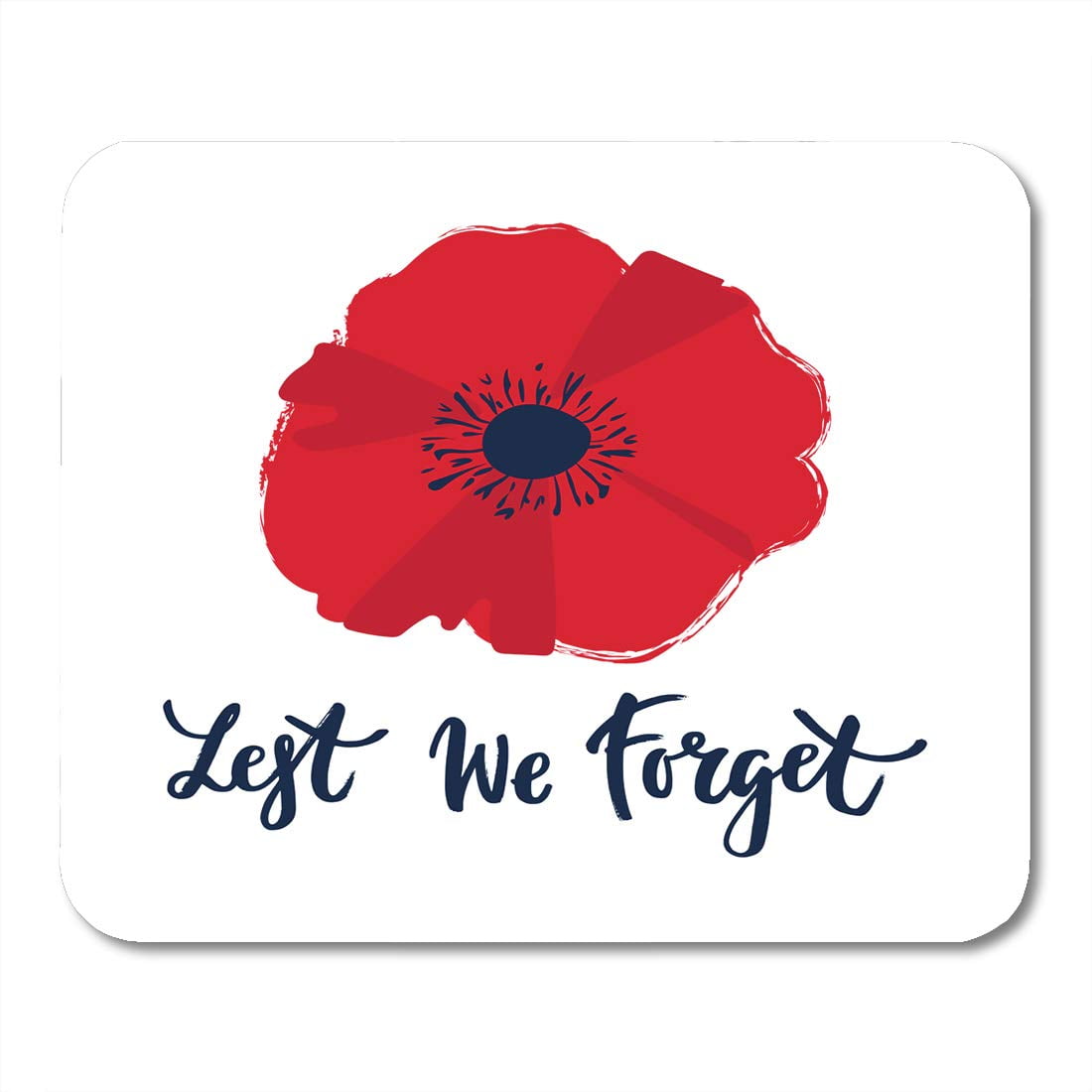

John McCrae, from Guelph, Ontario - a Brigade Surgeon for an artillery unit - wrote the poem “In Flanders Fields” in May, 1915, shortly after the savage Second Battle of Ypres, with the poppy as its central metaphor. To see the blooming of flowers in the aftermath of the violence, chaos and death of battle, would be a striking sight for an observer. Hence, when the battlefields of Northern France and Belgium (Flanders) were churned up by artillery fire, the poppies would appear in their hundreds. Its seeds can stay dormant in the earth for years, but when the earth is disturbed they will blossom. In the wide world of floriography (the language of flowers) perhaps nothing is as natural and organic as Papaver rhoeas - the red poppy - symbolizing death, rebirth and remembrance. A history museum in the Cloth Hall in Ypres, Belgium is named after his poem the special exhibition gallery in the Canadian War Museum, Canada’s national museum of military history, is named for McCrae.This Remembrance Day, November 11, 2021, marks 103 years since the end of the Great War, and 100 years since the poppy was adopted in this country and others as a symbol of remembrance of those who gave the ultimate sacrifice. McCrae’s poem is read by millions in Canada and around the world each Remembrance Day. He is buried in Wimereux Cemetery, in France. McCrae was often sick but took little rest and succumbed to pneumonia on 28 January 1918. He served in a number of Canadian hospitals during the war and pushed himself and his staff hard. McCrae had become an internationally-recognized poet, but continued to work as a surgeon. It captured the Allies’ belligerent mood and the requirement to “keep faith” with those who had already died. The poem was published on 8 December 1915 in Punch magazine, where it achieved almost instant world-wide fame. Exhausted and saddened by the death of a close friend, he composed In Flanders Fields during a brief rest. McCrae enlisted quickly at the outbreak of the First World War, hoping for a position as a gunner, but doctors were in short supply and he accepted an appointment as brigade-surgeon in an artillery brigade.Īt the Battle of Second Ypres in April 1915, McCrae spent 17 days caring for the wounded and performing surgery on Canadian and Allied troops. He was later a professor of medicine and physician at McGill University in Montreal. McCrae was born in Guelph, Ontario and served as a gunner in the South African War. The poppy remains an enduring symbol of remembrance in Canada, Great Britain, the nations of the Commonwealth, and in the United States for those who served or fell in service of their country.

They were initially made by disabled veterans and the proceeds of sales, then and now, go towards funding veterans’ needs.

The poppy was worn on the left lapel and close to the heart to recognize the sacrifice of soldiers in times of war. The Canadian Legion, formed in 1925, continued this connection. In 1921, the Great War Veterans’ Association, the largest of several Canadian veterans groups, adopted the poppy as a symbol of remembrance. The poppies thrived in the environment, their colours standing out against the blasted terrain. During the First World War, enormous artillery bombardments completely disrupted the landscape, infusing the chalk soils with lime. The blood-red poppy had long been associated with the fighting armies of Europe, and the flowers often overgrew the mass graves left by battles. It opens, “In Flanders fields the poppies blow / Between the crosses, row on row…” In Flanders Fields, McCrae’s best-known poem, was inspired by and made reference to the poppies which grew along the Western Front. The familiar symbol of the poppy owes much of its fame to Canadian poet and soldier John McCrae. It is the principal emblem of the Royal Canadian Legion, which distributes several million each year to be worn by Canadians on Remembrance Day. The red poppy, a native plant along much of the Western Front during the First World War, has become a powerful symbol of remembrance.


 0 kommentar(er)
0 kommentar(er)
